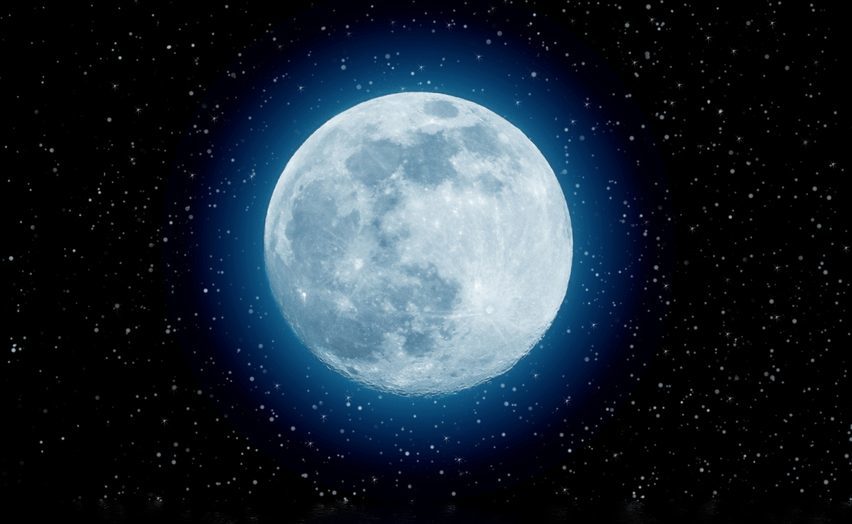
SKYGAZERS were treated to “the biggest and brightest” supermoon of the year as it rose across Britain on New Year’s Day.
The full moon, also known as the “Wolf Moon”, appeared about 14% bigger and 30% brighter in the sky as it reached its closest point to Earth during orbit.
Described by Nasa as “the most super of the three supermoons this winter” that was “the biggest and brightest of 2018”, it is the first of the two full moons in January.
The next event, the so-called Blue Moon, is expected to take place on January 31.
According to the US space agency, the second supermoon will feature a total lunar eclipse “with totality viewable from western North America across the Pacific to Eastern Asia”.
Blue Moons happen every two and a half years on average, so, with the total eclipse, it will be a “super blue blood” moon, Nasa said.
Supermoons happen when a full moon coincides with the moon’s perigee — a point in orbit when it’s closest to Earth.
The last supermoon occurred on December 3, when it was 222,761 miles (358,499km) from Earth.
The moon calendar
A full moon occurs roughly every 29.5 days, and ancient cultures across the world have given each month’s various different names.
The Beaver Moon is Novembers, and here is the full list:
January: Wolf Moon
February: Snow Moon
March: Worm Moon
April: Pink Moon
May: Flower Moon
June: Strawberry Moon
July: Buck Moon
August: Sturgeon Moon
September: Harvest Moon
October: Hunter’s Moon
November: Beaver Moon
December: Cold Moon

Enjoy the convenience of having The Sunday Post delivered as a digital ePaper straight to your smartphone, tablet or computer.
Subscribe for only £5.49 a month and enjoy all the benefits of the printed paper as a digital replica.
Subscribe